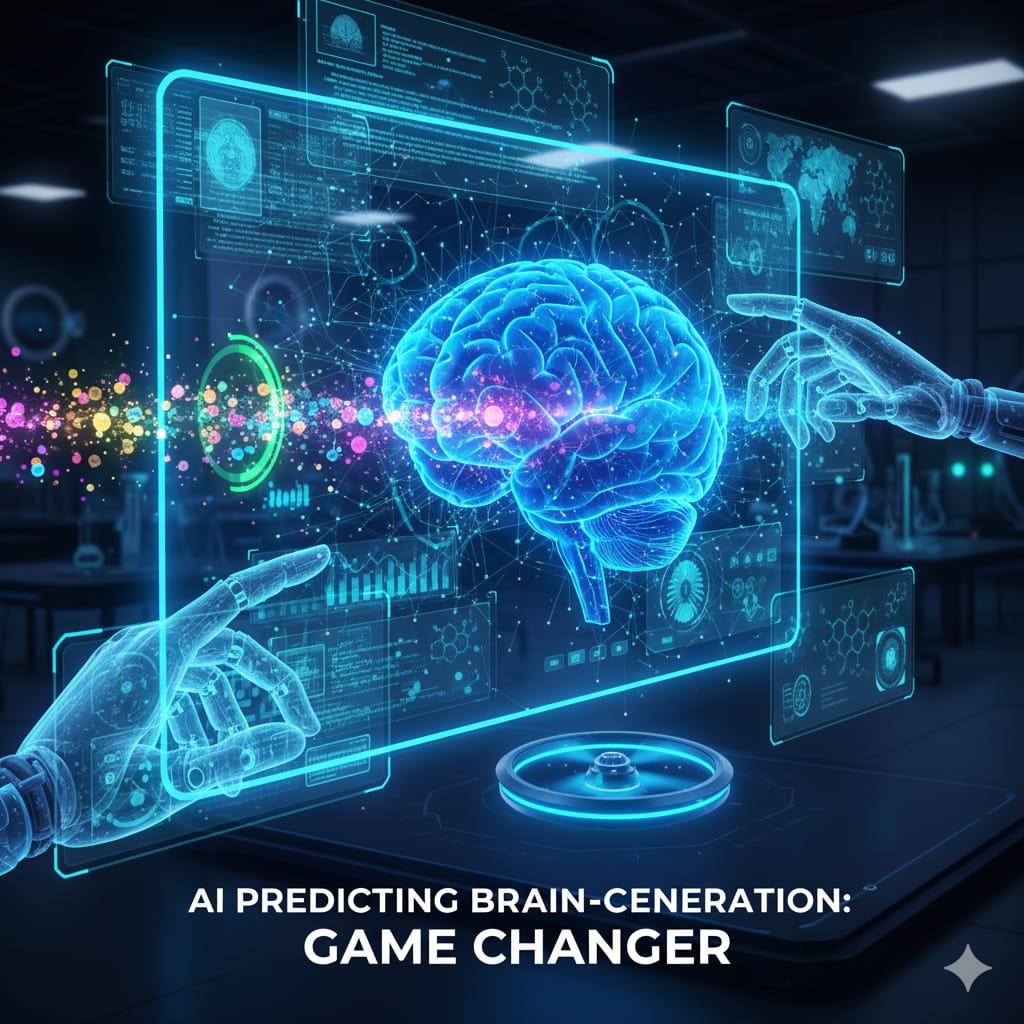Introduction to AI and Automation in Business
Artificial Intelligence (AI) and automation have become pivotal forces in transforming business operations across industries. From streamlining workflows to enhancing decision-making, these technologies bring substantial value by increasing efficiency and mitigating risks. A key area where AI and automation significantly impact businesses is cybersecurity. In recent years, the escalation of ransomware attacks has posed a critical threat, disrupting operations and causing severe financial damage. Leveraging AI-enhanced threat detection platforms offers a promising solution to these challenges.
AI-Powered Threat Detection: A New Paradigm in Cybersecurity
Traditional cybersecurity measures often struggle to keep pace with rapidly evolving cyber threats. AI-powered platforms, however, utilize machine learning algorithms and real-time data analysis to detect anomalies and potential ransomware attacks more effectively than conventional systems. These AI systems continuously learn from patterns to identify malicious activities early, enabling faster response and mitigation.
Real-World Application: Insurance Incentives for AI Adoption
The practical benefits of AI-driven cybersecurity are evidenced by the changing dynamics in the insurance sector. Insurers are increasingly offering lower premiums to companies that implement AI threat detection platforms. This financial incentive underscores the proven effectiveness of AI in reducing ransomware incidents, which in turn diminishes business disruption and mitigates reputational damage.
For example, enterprises utilizing AI cybersecurity solutions have reported substantial drops in ransomware infections, translating into significant cost savings. This shift reflects how AI not only protects companies but also directly contributes to their financial resilience and operational continuity.
Steps for Integrating AI and Automation in Business Security
Adopting AI-enhanced threat detection involves several strategic steps:
- Assessment: Evaluate existing cybersecurity infrastructure to identify vulnerability points and determine AI integration scope.
- Selection: Choose AI threat detection platforms aligned with business size, industry requirements, and technical compatibility.
- Implementation: Deploy AI tools incrementally, ensuring seamless integration with current systems and minimal disruption.
- Training: Equip IT teams with the necessary skills to manage AI systems and interpret alerts effectively.
- Monitoring and Optimization: Continuously monitor system performance and update AI algorithms to adapt to new threat vectors.
Leveraging Automation Beyond Security
Beyond enhancing threat detection, automation can be applied to various business processes such as customer service, supply chain management, and compliance monitoring. These applications free human resources from repetitive tasks, allowing focused attention on strategic objectives and innovation.
Risks and Challenges of AI and Automation in Business
Despite the advantages, integrating AI and automation is not without risks. Some notable challenges include:
- Data Privacy Concerns: AI systems often require access to extensive data, necessitating strong privacy controls to prevent misuse.
- Implementation Costs: Initial investment and maintenance expenses can be substantial, especially for small-to-medium enterprises.
- System Dependence: Over-reliance on automated systems might induce complacency, reducing vigilance against novel threats.
- False Positives: AI algorithms may occasionally generate incorrect threat alerts, potentially disrupting operations.
Addressing these concerns requires careful planning, robust governance frameworks, and continuous human oversight to balance automation benefits with potential risks.
Business Value Generated by AI and Automation
Incorporating AI and automation into business processes yields multifaceted value:
- Operational Efficiency: Automation streamlines routine tasks, reducing errors and accelerating workflows.
- Cost Savings: Fewer security breaches and insurance discounts decrease overall operational expenses.
- Competitive Advantage: Enhanced security and efficiency improve customer trust and market positioning.
- Scalability: Automated solutions allow businesses to scale operations rapidly without proportional increases in cost or risk.
Ultimately, AI-powered threat detection and automation act as enablers, safeguarding business continuity while supporting scalable growth.
AI-Powered Breakthrough: Accelerating CNS Drug Discovery
In a compelling illustration of AI’s transformative potential beyond cybersecurity, Hoth Therapeutics has adopted Lantern Pharma's PredictBBB.ai platform—an AI tool with 94% accuracy in predicting blood-brain barrier permeability. This leap forward addresses one of central nervous system (CNS) drug development’s most formidable bottlenecks, promising faster candidate selection, reduced risk, and streamlined timelines :contentReference[oaicite:1]{index=1}.
Real-World Application: AI Enhancing Drug Pipeline Efficiency
Hoth's implementation of PredictBBB.ai reflects a strategic commitment to innovation in drug development. By harnessing the platform’s predictive accuracy, Hoth can prioritize molecules likely to cross the blood-brain barrier—a crucial step that historically relied on costly and time-consuming biological assays :contentReference[oaicite:2]{index=2}.
Lantern Pharma’s RADR® AI framework, featuring PredictBBB.ai, enables earlier elimination of non-viable candidates, potentially accelerating drug discovery timelines and conserving R&D resources :contentReference[oaicite:3]{index=3}.
Steps for Integrating AI-Driven Drug Development Tools
The pathway to maximizing AI breakthroughs like PredictBBB.ai involves carefully structured stages:
- Assessment: Identify key pipeline stages—especially blood-brain barrier evaluation—where AI can offer maximum impact.
- Selection: Choose AI platforms with validated accuracy, such as PredictBBB.ai with its 94% predictive reliability.
- Implementation: Integrate AI into early preclinical screening processes, gradually replacing slower physical assays.
- Training: Empower R&D teams to interpret AI outputs and seamlessly translate them into experimental validation.
- Monitoring and Optimization: Continuously track prediction performance, refine algorithms, and validate against experimental outcomes.
Leveraging AI Beyond Permeability Prediction
Beyond predicting drug permeability, AI can enhance broader aspects of drug discovery—such as target identification, toxicology predictions, and clinical trial optimization. These applications can collectively streamline workflows and optimize resource allocation.
Risks and Challenges of AI Integration in Drug Development
Despite transformative potential, AI integration in pharmaceuticals must address several challenges:
- Regulatory Acceptance: Health authorities require rigorous validation before approving AI-guided predictions as part of regulatory submissions.
- Data Integrity: AI models depend on high-quality, representative datasets—bias or gaps can degrade performance.
- Overreliance on Predictions: AI shows high accuracy, but false positives/negatives may still occur, necessitating experimental confirmation.
- Cost of Integration: Initial investments in AI infrastructure and training may be substantial for mid-sized biotech firms.
Business Value Generated by AI in Biotech
When embedded effectively, AI yields diverse returns—mirrored across industries, from cybersecurity to biotech:
- Operational Efficiency: AI speeds up candidate triage, allowing rapid progress to high-potential molecules.
- Cost Savings: Reduced reliance on expensive lab assays cuts down R&D expenditure.
- Competitive Advantage: Firms adopting AI early can outpace peers in pipeline velocity and precision.
- Scalability: AI enables rapid evaluation of numerous candidates without proportional increases in physical testing.
The blend of computational speed, precision, and cost control positions AI as a game-changer in future-ready drug development.
Summary
AI and automation are redefining business and R&D across sectors—most notably by enhancing efficiency, reducing risk, and enabling faster decisions. In biopharmaceuticals, Hoth Therapeutics' adoption of PredictBBB.ai—with an impressive 94% accuracy rate—is a clear sign of this transformation in drug discovery. Through calculated integration, AI tools not only fast-track development pipelines but also elevate operational resilience and strategic positioning. The convergence of improved speed, precision, and cost effectiveness signals a new era in CNS therapy innovation.
[1][2]

